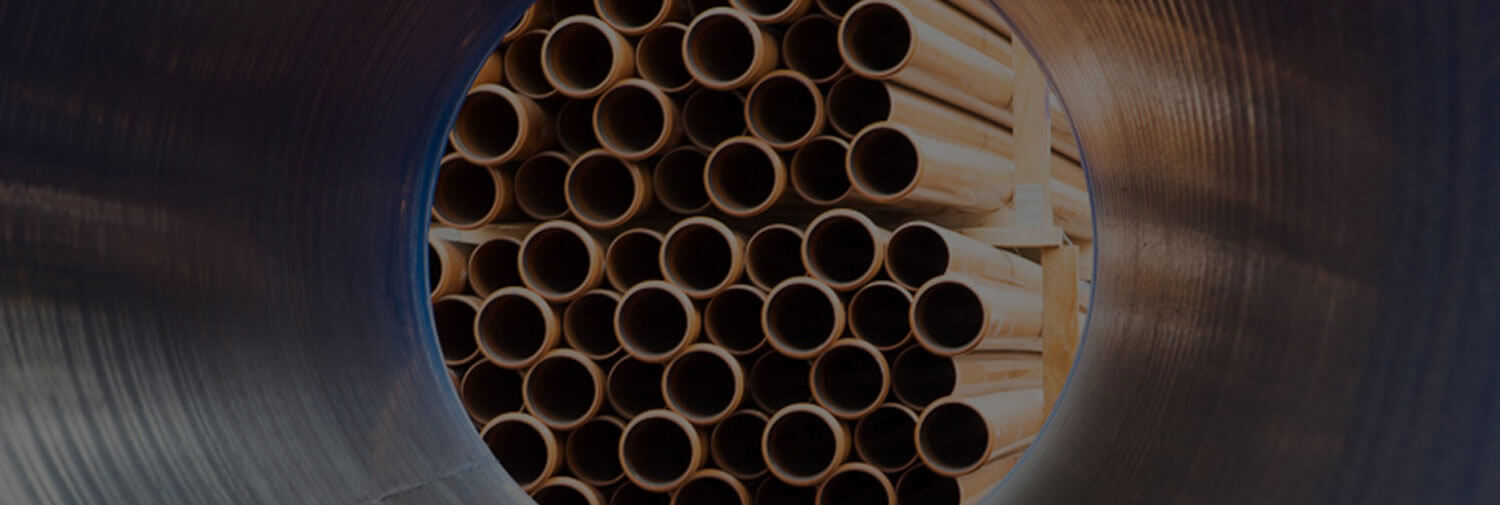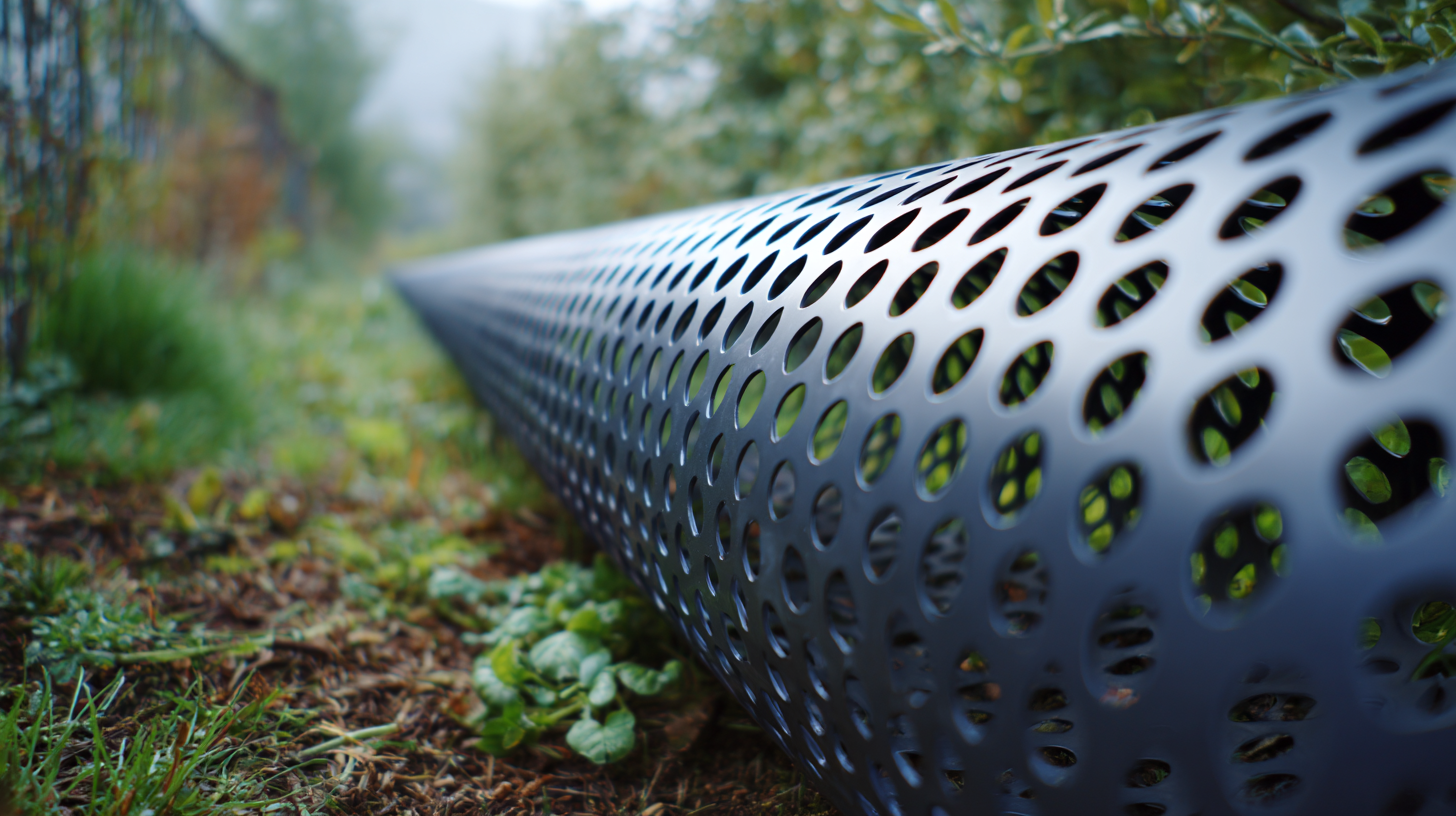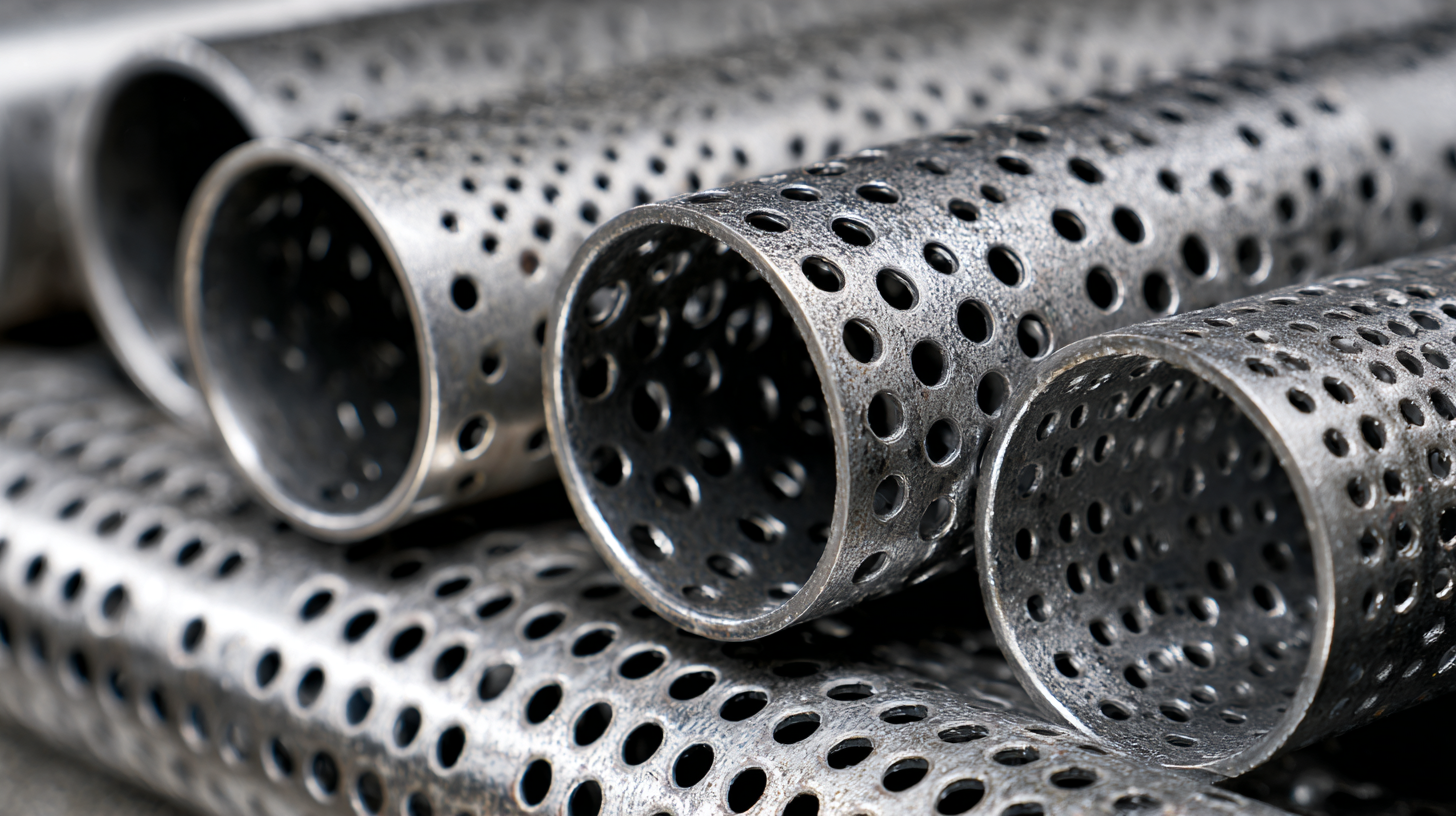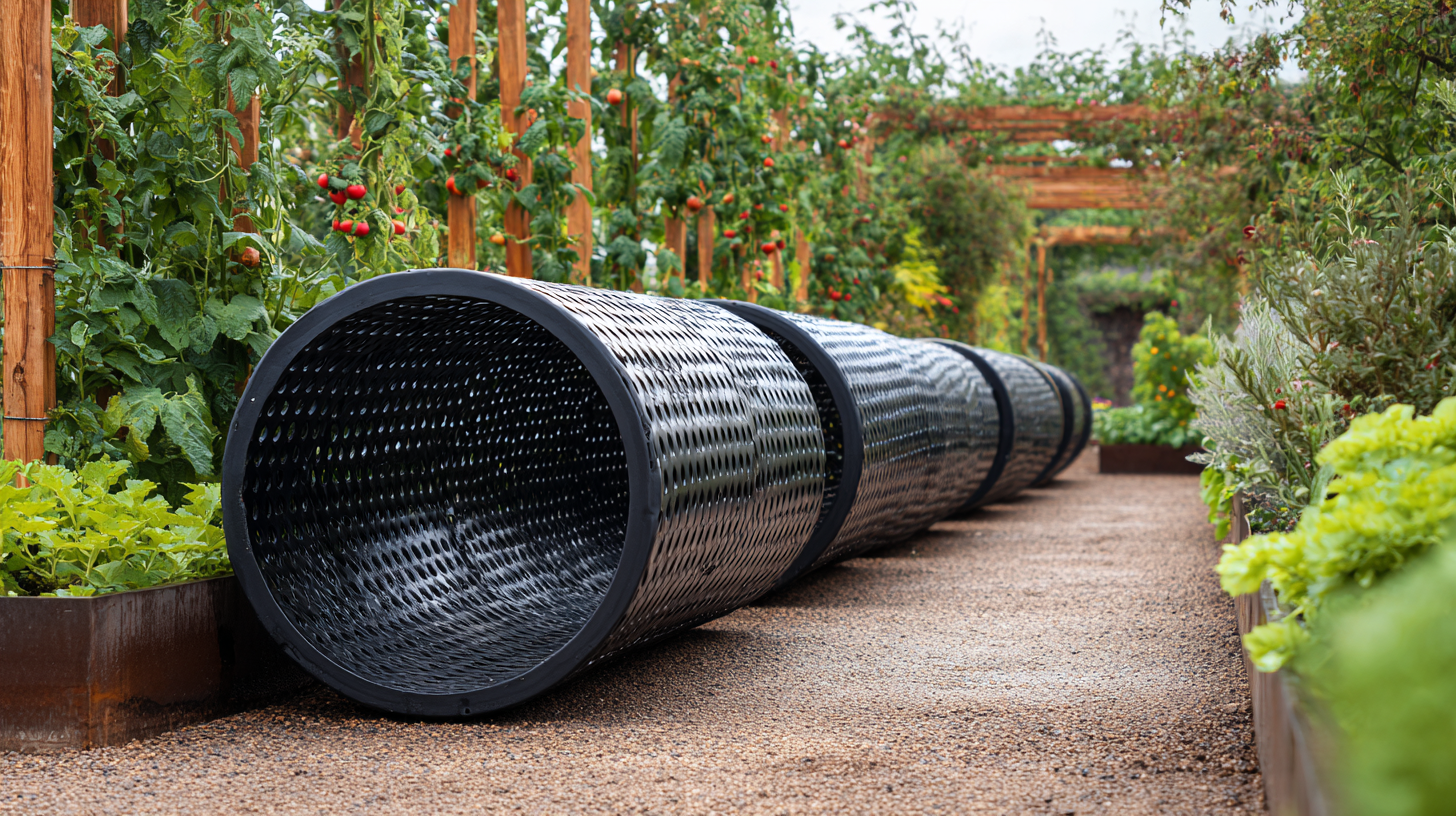

In modern landscaping, the use of perforated drainage pipes has gained significant attention due to their effectiveness in managing excess water and enhancing soil health. According to the American Society of Civil Engineers, effective drainage systems can prevent costly landscape erosion and improve agricultural productivity by up to 20%. Perforated drainage pipes play a vital role in directing water away from residential and commercial landscapes, thus preventing waterlogging and reducing the risk of foundation damage. In a report by the Environmental Protection Agency, improper drainage is cited as a leading cause of urban flooding, which affects around 30% of U.S. communities. This highlights the necessity of adopting perforated drainage pipes as a sustainable solution to combat water management challenges, safeguarding both property and the environment. Through a deeper understanding of their benefits and diverse applications, landscape architects and homeowners can harness the potential of these essential components in creating resilient and beautiful outdoor spaces.

When selecting the right perforated drainage pipe for your landscape, it's essential to consider several factors to ensure optimal performance. First, assess the drainage needs of your landscape. Areas prone to excessive moisture or rainfall will require more robust solutions, such as larger diameter pipes that can handle greater volumes of water. Additionally, consider the soil type; sandy soils facilitate drainage better than clay, which may require different pipe sizes or spacing.
Tips: Always measure the area that needs drainage and calculate how much water the system needs to handle. Consulting with a landscaping professional can provide insights tailored to your specific site conditions.
Another vital aspect is the material of the drainage pipe. PVC pipes are popular due to their durability and resistance to corrosion, while corrugated plastic options offer flexibility and ease of installation. Your choice should relate to the longevity you expect and the installation environment.
Tips: Opt for pipes that come with a filter sock to prevent sediment from clogging the holes, extending the life of your drainage system.

Installing perforated drainage pipes is a crucial step in modern landscaping, particularly for projects like the recent redevelopment of the Zhengzhou Jinlong Garden. Given its extensive area and the necessity for effective water management, understanding how to effectively install these pipes can significantly enhance the functionality of the landscape.
To install perforated drainage pipes effectively, begin by assessing the specific drainage needs of your garden. Mark out the proposed layout, ensuring that the pipes are placed in areas where water accumulation occurs frequently. Dig trenches that slope slightly away from your garden beds to ensure proper water flow. Once the trenches are ready, place the perforated pipes at the bottom, ensuring that the holes face downward to maximize water absorption. Cover the pipes with gravel or crushed stone to facilitate drainage while preventing soil from clogging the holes. This method not only ensures that excess water is efficiently directed away but also helps maintain the overall health of your garden by preventing waterlogging.
| Feature | Description | Benefits | Applications |
|---|---|---|---|
| Material | Usually made from PVC or corrugated plastic | Durable and resistant to chemicals | Garden drainage systems |
| Installation | Relatively easy to install | Cost-effective drainage solution | Landscaping, yards, sports fields |
| Functionality | Allows water to drain while filtering sediment | Prevents flooding and waterlogging | Residential gardens, commercial landscaping |
| Types | Single-wall, double-wall, socked | Variety for different drainage needs | Foundation drainage, agricultural use |
Maintaining a perforated drainage system is essential to ensure its effectiveness in managing water flow in your landscape. Regular inspections should be conducted to identify any blockages or sediment buildup within the pipes. Clearing any debris, such as leaves and dirt, can prevent water from backing up and ensure efficient drainage. A simple maintenance routine might include flushing the pipes with water to dislodge any obstructions and using a plumber's snake for more stubborn clogs.
In addition to regular cleaning, it's important to monitor the surrounding landscape for potential issues that could affect the drainage system. Excessive vegetation growth near the drainage pipes can lead to roots infiltrating the system, which may cause damage or blockages. To counteract this, trim back plants and keep a buffer zone clear around the drainage areas. Finally, during heavy rain events, observe how water interacts with your drainage system, making necessary adjustments to landscaping or drainage placement based on performance to maintain optimal functionality.
Incorporating perforated drainage pipes into landscape design can significantly enhance the management of water runoff, ultimately promoting healthier vegetation and preventing soil erosion. According to a report by the American Society of Landscape Architects, approximately 40% of landscape failures are attributed to poor drainage solutions. Perforated pipes, with their ability to collect and redirect excess water away from plants and structures, can mitigate these risks. These systems work effectively by allowing groundwater to seep into the pipes, which then channels it safely away, reducing saturation and erosion.

In practical application, integrating these drainage solutions requires thoughtful planning. Positioning the perforated pipes in low-lying areas of the landscape, where water tends to accumulate, is crucial. Moreover, using them alongside gravel beds enhances their efficiency by facilitating better drainage and filtration. A study published in the Journal of Soil and Water Conservation reported that landscapes utilizing proper drainage systems experienced a 30% reduction in water pooling compared to those without. By leveraging these statistics, landscape designers can create sustainable and resilient outdoor spaces, ensuring optimal water management while maintaining aesthetic appeal.
When utilizing perforated drainage pipes in landscaping, issues can occasionally arise that may impede their effectiveness. One common problem is clogging, which can occur from the accumulation of sediment and debris within the pipes. To troubleshoot this issue, regular maintenance is essential. Inspecting the exit points of the drainage system and using a garden hose to flush out any accumulated material can significantly improve flow and prevent further buildup.
Another challenge users may face is improper installation, which can lead to inadequate drainage. Ensuring that the pipes are laid at a sufficient slope is crucial for allowing gravity to aid in the effective removal of water. If you suspect that the drainage system isn't functioning properly, check that the perforations are positioned in the right direction and adjust the angle of the pipes if necessary. By taking these troubleshooting steps, you can enhance the performance of your perforated drainage systems and maintain the integrity of your landscape.